
James Thomas Kolbe was an American politician who served as a Republican member of the United States House of Representatives. He represented Arizona's 5th congressional district from 1985 to 2003 and its 8th congressional district from 2003 to 2007. A moderate, pro–abortion rights Republican, he came out as gay in 1996 after voting in support of the Defense of Marriage Act; his subsequent re-elections made him the second openly gay Republican elected to Congress.

Elizabeth Josephine Brawley Hughes was an advocate of women's rights in the United States West region. George W. P. Hunt described her as the Mother of Arizona.

The Omaha World-Herald is a daily newspaper in the midwestern United States, the primary newspaper of the Omaha-Council Bluffs metropolitan area.
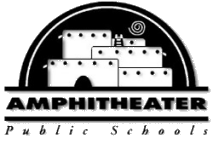
Amphitheater Public Schools, also known as Amphi or District 10, is the third largest public school district in Tucson, Arizona, in terms of enrollment, with about 13,500 students and a staff of about 2000 employees Amphi was established on July 3, 1893. With its headquarters in Flowing Wells, presently serves segments of North Tucson, Casas Adobes, Catalina Foothills, and the communities of Oro Valley, eastern Tortolita, and Catalina northwest of the city.

KVOA is a television station in Tucson, Arizona, United States, affiliated with NBC and owned by Allen Media Broadcasting. The station's studios are located on West Elm Street north of downtown Tucson, and its primary transmitter is located atop Mount Bigelow, northeast of the city, supplemented by translators in the Tucson Mountains and in Sierra Vista.

KGUN-TV is a television station in Tucson, Arizona, United States, affiliated with ABC. It is owned by the E. W. Scripps Company alongside Sierra Vista–licensed CW affiliate KWBA-TV. The two stations share studios on East Rosewood Street in east Tucson; KGUN-TV's transmitter is located atop Mount Bigelow, northeast of the city.
The Tucson Citizen was a daily newspaper in Tucson, Arizona. It was founded by Richard C. McCormick with John Wasson as publisher and editor on October 15, 1870, as the Arizona Citizen.
KOLD-TV is a television station in Tucson, Arizona, United States, affiliated with CBS. It is owned by Gray Television, which provides certain services to Fox affiliate KMSB and MyNetworkTV affiliate KTTU under a shared services agreement (SSA) with Tegna Inc. The three stations share studios on North Business Park Drive on the northwest side of Tucson. KOLD-TV's primary transmitter is atop Mount Bigelow, with a secondary transmitter atop the Tucson Mountains west of the city to fill in gaps in coverage.
Tucson Unified School District (TUSD) is the largest school district of Tucson, Arizona, in terms of enrollment. Dr. Gabriel Trujillo is the superintendent, appointed on September 12, 2017, by the Governing Board. As of 2016, TUSD had more than 47,670 students. As of Fall 2012, according to Superintendent John Pedicone, TUSD had 50,000 students. District enrollment has declined over the last 10 years and TUSD lost 1,700 to 2,000 students per year for the two or three years prior to 2012.

The St. Louis Globe-Democrat was a daily print newspaper based in St. Louis, Missouri, from 1852 until 1986. The paper began operations on July 1, 1852, as The Daily Missouri Democrat, changing its name to The Missouri Democrat in 1868, then to The St. Louis Democrat in 1873. It merged with the St. Louis Globe to form the St. Louis Globe-Democrat in 1875.

One South Church is a 23 story office building located in Tucson, Arizona.
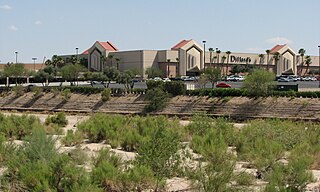
Tucson Mall is the largest shopping mall in Tucson, Arizona. Tucson Mall features over 170 stores and two levels of indoor shopping. It is anchored by Forever 21, J. C. Penney, Macy's, and Dillard's. Tucson Mall contains a food court containing several fast food restaurants, as well as "Arizona Avenue," an arcade containing Southwestern-themed items. The mall is located on the north side of Tucson, bounded by Oracle Road, Wetmore Road, Stone Avenue, and the Rillito River.
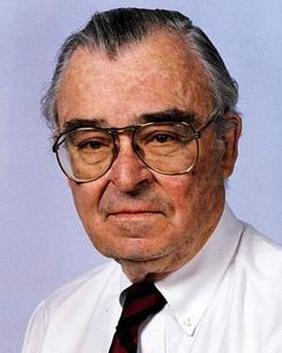
Eugene Smith Pulliam was the publisher of the Indianapolis Star and the Indianapolis News from 1975 until his death. He was also a supporter of First Amendment rights, an advocate of press freedom, and opposed McCarthyism. The Kansas native, DePauw University graduate, and World War II veteran of the U.S. Navy and U.S. Naval Reserve pursued a six-decade-long career in journalism that included work for the United Press new agency, as news director of WIRE-AM in Indianapolis, and in various editorial and publishing positions at the Star and News before he succeeded his father, Eugene C. Pulliam, as publisher of the two newspapers. During Eugene S. Pulliam's tenure as publisher of the Star, it received two Pulitzer Prizes; one in 1975 for a series of articles on police corruption in Indianapolis and Marion County, Indiana, and another in 1991 for investigation of medical malpractice in Indiana. Pulliam also became executive vice president of Central Newspapers, Inc., the media holding company his father founded in 1934. Dan Quayle, Eugene C. Pulliam's grandson and Eugene S. Pulliam's half nephew, served as the 44th Vice President of the United States from 1989 to 1993.

Andrew Jackson Bettwy, an Arizona Democrat, served as Mayor of Nogales, Arizona, from 1935 to 1937, was an Arizona delegate at the Democratic National Conventions of 1924 and 1928, and 1928, and was an unsuccessful candidate for governor in the 1930, 1932, 1934, 1936, and 1938 primary elections and in the 1932 general election.
Diamond's was a department store chain headquartered in Phoenix, Arizona that operated from 1897-1984. Originally named The Boston Store, it was founded by brothers Nathan and Isaac Diamond
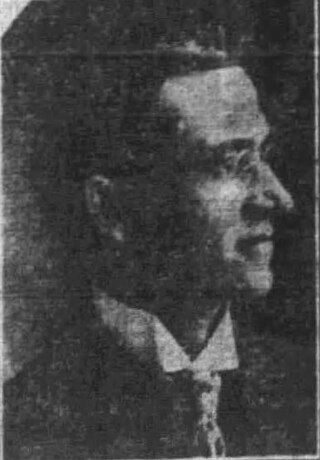
John T. Hughes was a politician from Arizona who served in the 1st Arizona State Legislature. He was also a newspaper man, editing and publishing his father's paper, the Arizona Daily Star, and an attorney, the first native-born Arizonan to be admitted to the Arizona bar. Additionally, he had several mining and real estate interests.
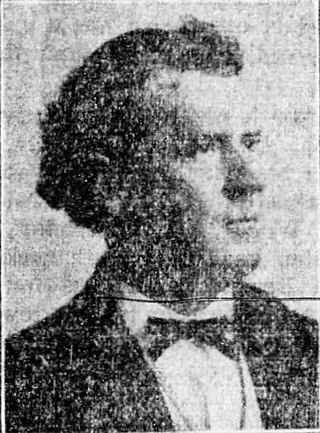
Colonel A. A. Worsley was a politician from Arizona who served in the 1st Arizona State Legislature. Worsley was also an attorney, who practiced in Tucson, Arizona. He was married to Alice J. Worsley.
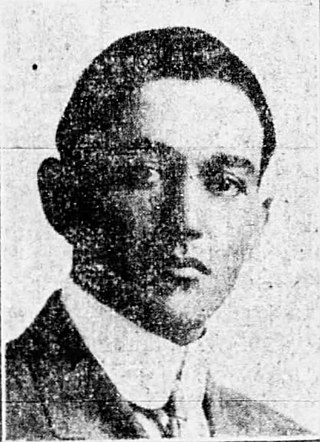
Andrew P. Martin was an Arizona politician who served a single term in the Arizona state senate during the 2nd Arizona State Legislature. He was known as the father of the Arizona National Guard, having organized and led the first company in the territory in 1910. With no formal education in pharmacology, he became a registered pharmacist, and grew his father's single drug store to become the largest drug store chain in Tucson, before selling in 1954. He was also called the father of the University of Arizona College of Pharmacology, having led the drive to establish school. In addition, he saw combat as an artillery soldier during World War I.














